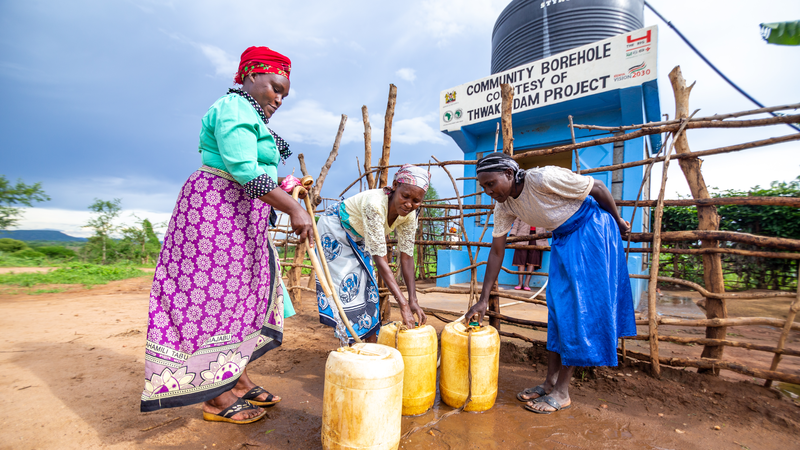Imagine waking before dawn to trek miles for a single jerry can of water, then spending the day tending fields or selling produce. This reality still defines life for millions of rural women, even as they power nearly half of sub-Saharan Africa’s agrifood workforce and 63% of off-farm food traders.
Despite their backbone role, rural women often lack land rights, credit access, and a voice in decisions. These barriers drag down local economies and ripple across global food systems.
Beyond the farmgate, unpaid care work piles on. Globally, women and girls spend 200 million hours daily collecting water—8.3 million days a year, or over 22,800 years lost just to fetching water. In 80% of African households without piped water, it falls to women and girls to haul every drop.
Three Actions to Unburden Rural Women
1. Rethink Infrastructure with Women in Mind
Take rural markets: hubs for women traders yet designed without their needs. Many lack toilets, running water, or childcare. In Nairobi, Wow Mom Kenya partnered with county authorities to add onsite childcare in markets—letting mothers earn income while their children are cared for safely.
2. Bring Water and Services Closer to Home
In the Democratic Republic of Congo, the African Development Bank’s Project for the Reinforcement of Socioeconomic Infrastructure is installing safe water points near villages, slashing travel times and restoring hundreds of hours each year for women to pursue education or paid work.
3. Champion Inclusive Policies
Affordable credit, secure land tenure, and access to inputs are more than policies—they’re game-changers. When women gain control, they reinvest up to 90% of their earnings in health, education, and community projects, fueling a multiplier effect across rural economies.
This International Day of Rural Women reminds us: building gender-responsive infrastructure and policies unlocks not just potential—but prosperity for women, their families, and the global food chain they sustain.
Reference(s):
cgtn.com




